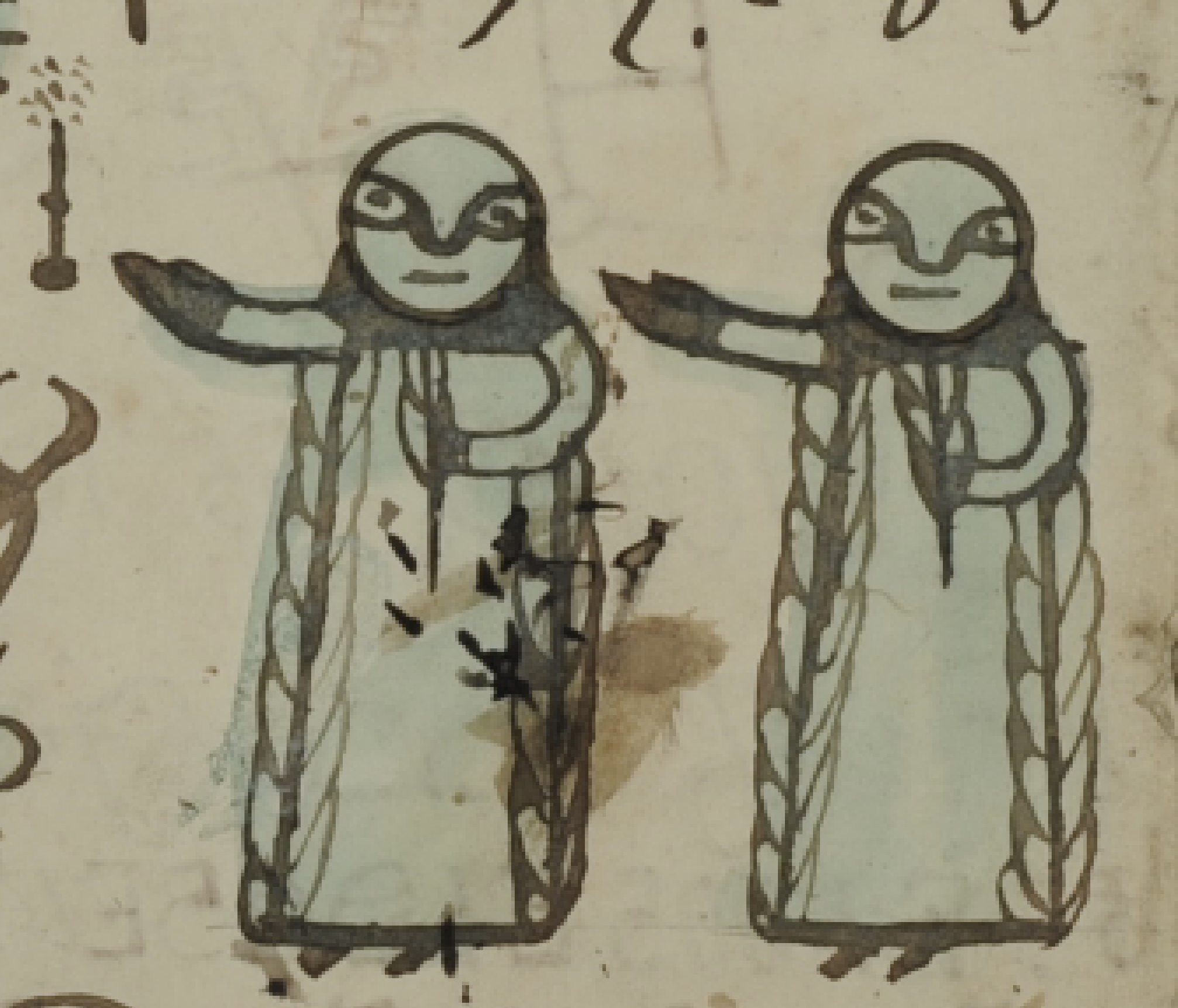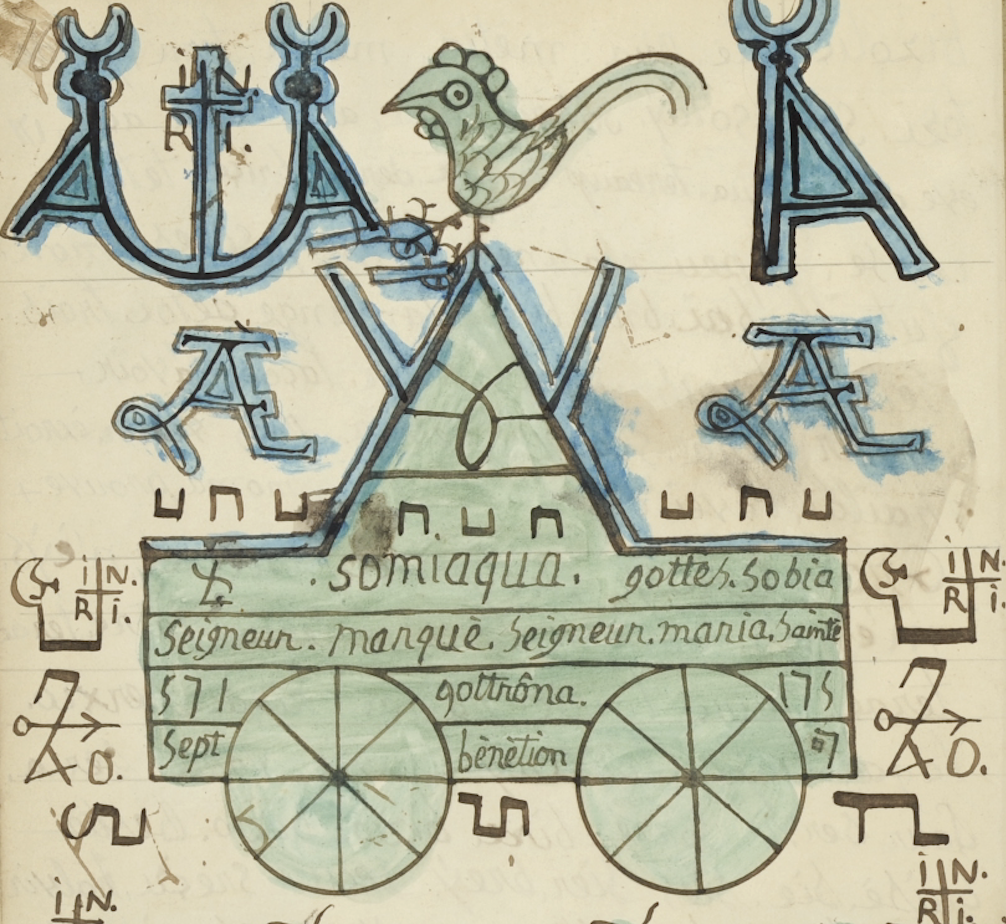Alexander Roob]
[October 9, 2009
Illustration expanded. William James Linton: Bob Thin or the Poorhouse Fugitive. London, 1840- 45
Nicht übersetzt:
Lintoniana III
“Men like no prosy tales: we’ll try
How doggrel rhyme fits history.”
The MePri-Collection holds four different copies of Linton’s groundbreaking social poem in which he accuses the afflictions caused by the inhuman legislation for the poor. “This poem established Linton as a peoples poet and became part of the repertoire of radical reticers. It narrates the bloody history of the rise of private property and feudalism and then concentrates on the story of a starving weaver of Bethnal Green and his final degradation and death in a workhouse.” (T.B. Smith) 1
Bob – Tin. Copy A. Complete version. London 1845 – (39 images)
A first draft of the poem was written in 1840, but its central idea, to parallelize the social decline of an individual person with a fallen state of history, seems to be an outcome of his collaboration with Thomas Sibson, a young radical illustrator, who had also worked for the early Dickens. In 1842 they planned to produce an illustrated history of England “in which the social life of the English people should be dominant, and its epochs so distinguished, instead of by the reigns of Kings”.2 This project of a radical history, which was based on a substantial pictorial section, finally failed due to Sibson’s poor health, but its traces can be found in the doggerel rhymes and the images of the poor-law tale.
Bob – Thin. Copy C. London. n. d. (7 images)
Bob -Thin. Copy D. New Hamden. 1897 (4 images)
In his unique concept of illustration, Linton seems to respond to William Blake’s idea of the “Illuminated Books” by establishing a kind of multi-layered, storyboard-like pictorial comment. 3. „Linton´s early work Bob-Thin covers ground common to Blake´s London, both in geographical location and in displaying a tapestry of social injustice (…) Linton´s and Blake´s poems correspond to each other. Blake´s published London is manifested in metaphysical definition, the very streets configured by imagination ensnared. Linton´s poem is politically defined, almost to the point of satire. Yet both London and Bob-Thin create a symblic context that is recognisably the same. They are almost inversions of each other. Symbolic inversions in which the general in the one is the particular in the other; (…) Linton and Sibson take Blake´s metaphor and apply it to the page of the text, printing visual representations of the social and metaphysical enslavement of humanity. It is literally Blake´s visionary London turned upside down.“ (Shirley Dent & Jason Whittaker) 4
Whereas the first part reflects a reality of urban misery, the second one evolves a Queen Mab-like vision of a communitarian Utopia, which is settled in a rural paradise of an Owenite cooperative. The whole concept of the poem should be read in the wider context of the ideas of an egalitarian landreform, that circulated in radical circles long before the Chartist leader Feargus O´Connor launched his Land Plan in 1845 and started to distribute small rural allotments to industrial workers. The drawings of the complete version were executed by four different artists, representing an ideal of cooperation of a very unique heterogeneity and individuality. Besides Linton himself and his friend Sibson, the historical painter-poet William Bell Scott was involved, who was also a follower of Blake, and Edward Duncan, a painter of seascapes. As Iain Haywood has stated, each of the graphic parts appropriates another genre: The children’s pictorial alphabet, the ‘floriculture’ of urban gardening, the radical Utopia, and the ‘Condition of England’ fable. “It was in the cheap publications of George W. M. Reynolds and the work of the Chartist engraver W. J. Linton that the standards of the woodcut were elevated from the crude ‘cut’ to the more sophisticated ‘sketch’.” 5
Two Original Blocks of Bob -Thin (1845) and Catoninetales (1877) – 10 images
1 F.B. Smith,: Radical artisan. William James Linon 1812 – 97 , Manchester 1973
2 W.J. Linton: Threescore and Ten Years. Recollections. New York 1894
3 Since when Linton became acquainted with Blake’s illuminated work remains unclear. It was probably William Bell Scott, who introduced him in 1841. He came of a family with a long tradition of artist-artisanry. His father Robert was a noted engraver of topographical subjects, who looked upon his Blake-prints “as almost sacred, and we all followed him in this”. In his Autobiographical Notes William Bell Scott confesses : “I suffered under a family mania for Blake”. In 1863 Linton worked together with the Rossetti brothers on the pictorial editing of the first illustrated Blake biography.
4 Shirley Dent & Jason Whittaker: Radical Blake: Influence and Afterlife from 1827, London – New York 2002
5 Ian Haywood: Illuminating Propaganda: William James Linton’s Bob Thin: Or, The Poorhouse Fugitive. (Abstract of a lecture, held in the context of the conference ‘The Verbal and the Visual in Nineteenth-Century Culture’, Institute of English Studies, University of London. 23-24 June 2006)
———————————————————————————————————-
The four copies represent three various stages of publication of this pictorial poem that belongs to “the rarest eccentricities of literature.” (Burton J. Hendrick, 1898)
A: “Bob Thin, or the Poor House Fugitive.” The complete version (40 pages), with all pictorial side notes. Original binding. First edition, London 1845
Bob-Thin was written in 1840 and first published five years later for private circulation. Some scholars state that it was initially published in the “Illuminated Magazine”. The MePri Collection has the complete run of this illustrated journal (1843-45), also the scarce second series that was edited by Linton. None of them include his Poor-Law Tale. In 1850 an extract of part I with the Pictorial Alphabet appeared as ‘Twenty-six Cuts at the Times’ in the pages of The People’s Review, the first sixpenny review that was ever published.
The complete version consists of two parts: 1) Bob Thin (illustrated by T. Sibson) 2) The Poorhouse Fugitive. (The second part is divided into three sections: Morning – Hymn To The Sun – Song Of The Stream.)
This is a special presentation copy, that Linton had dedicated to his second wife Emily Wade Linton in 1846. The cover has a handpainted design and the following lettering: BOB-THIN 1845
B: Same as A. New binding. First edition, London 1845.
hand-signed: “The Editor of the `Morning Herald´. With the author’s compliments.”
C: “ The Life and Adventure of Bob Thin. A Poor – Law Tale. With Thirty Odd Cuts”, pub. by James Watson, London. n.d.
This is Part I of a version that the famous Chartist bookseller apparently had projected as a sequel with an abridged choice of the pictorial side notes. Brochure, 32 pages.
D: “The Poor-House Fugitive. Being The Life And Adventure Of Bob Thin. 1840. First printed in 1845”. n.d./ n.p. (New Hamden, 1897)
This non-pictorial version in the form of uncut printed sheets (176 pages) is part of a comprehensive compilation of Linton’s poems. The following political poems are included: The Jubilee of Trade (1843) / To The Future (1848) / The Dirge of the Nations (Nov. 1848) / Rhymes and Reasons against Landlordism (1847 – 50) / Carmen Triumphale (1856) / To Victor Emmanuel (written before the war of 1866) / The Great Arbiter – Italy’s Answer – Yet shall it come (These four poems , from the Kendal Mercury, are the last before leaving England for America in 1866) / Achan (15.08. 1870)
In late 1897, Linton set up and printed at his Appledore Press in Hamden Connecticut, in an edition of fifty copies, a third edition of this work, expanded by a selection of his poems from later years, but it was never bound due to his death on New Years Day, 1898.
E: Original block of the initial M of the Human Alphabet in “Bob Thin” (version A, page 15).
The initial was designed by Thomas Sibson and engraved by Linton. Linton kept parts of the blocks in his home in Hamden, Connecticut.

































































